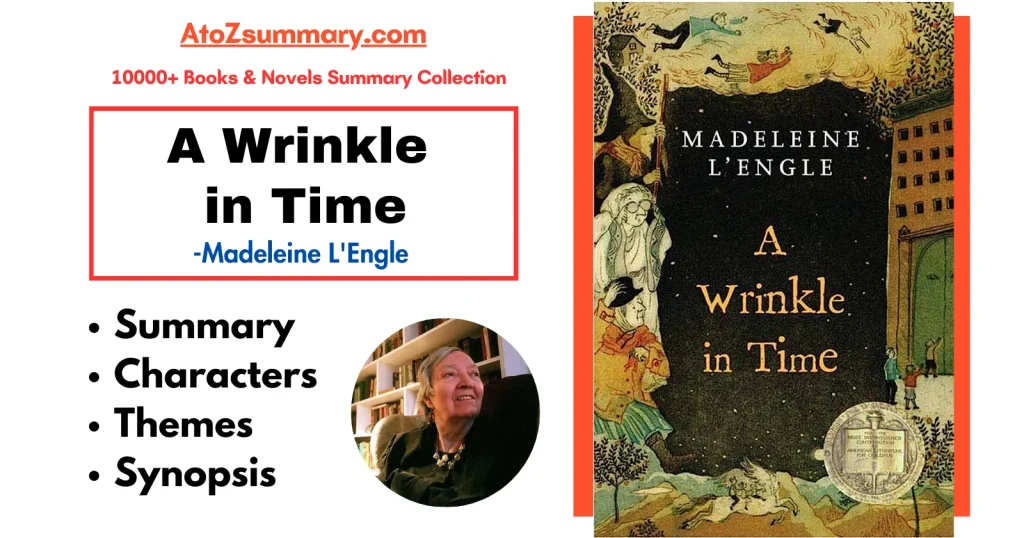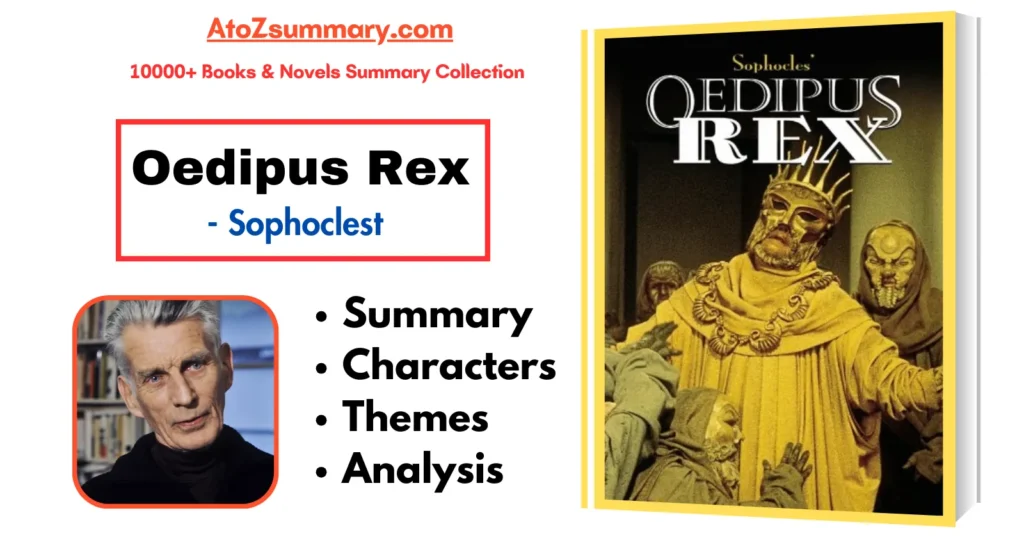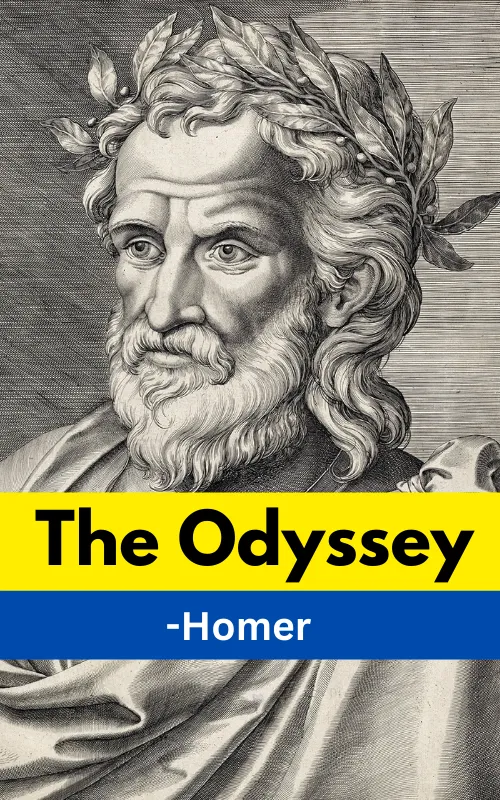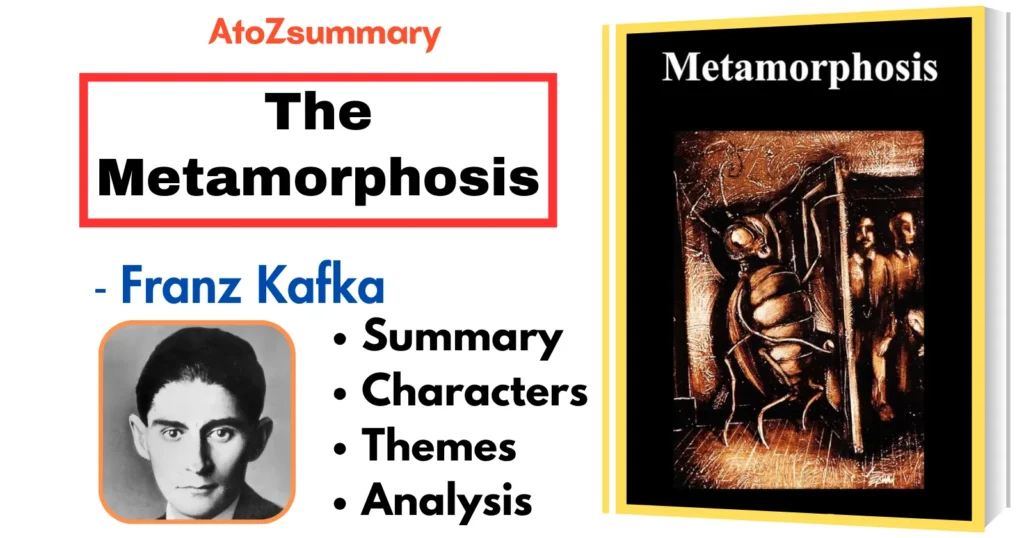| Title | The Lais of Marie de France |
|---|---|
| Author | Marie de France |
| Date of Composition | 12th century |
| Literary Period | Medieval literature |
| Genre | Poetry |
| Language | Old French |
| Form | Short narrative poems |
| Themes | Love, chivalry, courtly romance, magic, transformation, morality |
| Setting | Various locations in Britain and France |
| Protagonists | Lovers, knights, magical creatures and ordinary people |
| Reception | Popular in medieval Europe, influential in the development of romance literature |
In “Equitan,” the main protagonist is a ruler who falls in love with the wife of his counsellor. Equitan & his wife plan to murder her husband by preparing a bath that would boil him to death. However, when the husband comes in on Equitan & his wife, a terrified Equitan falls into the bath & dying. The husband kills his wife by putting her into the bath additionally.
“Le Fresne” depicts the story of a lady who has twins but abandons one of them due to the superstitious notion that twins were produced by distinct dads. The abandoned twin matures up & falls in love with a respected nobleman, only to have her twin sister fight for his affections. Finally, the protagonist’s noble birth comes to light & she marries the lord.
In “Bisclavret,” the main protagonist is a werewolf who is cursed to stay in his wolf form when his wife & her lover stole his human garments. Bisclavret wins the king’s affections with his compassionate behaviour. Bisclavret’s background & his wife’s treachery are soon revealed. His clothing are restored to him, allowing him to come back to his human form.
“Lanval” tells the story of a knight in the court of King Arthur who falls in love with a gorgeous fairy. The fairy makes him pledge not to tell anybody about her presence or he will never see her again. When the queen attempt to seduce Lanval, the knight accidentally breaks his pledge to the fairy by mentioning that he is already in love. Thankfully, the fairy forgives him and appears to save his life when he is placed on trial by the queen.
In “Les Deux Amants,” a father refuses to marry his daughter to anybody who cannot carry her over a mountain. One suitor obtains a potion that will provide him with the power needed to carry the daughter over the mountain. However, as they begin their journey, the suitor disregards the elixir, preferring to be pushed up the mountain only by the power of his love. He gets it to the summit but dies from tiredness. In her sorrow, the daughter also dies.
“Yonec” is about a guy who changes into a hawk in order to swoop through a tower window and attract a lady whose husband has imprisoned her inside. The husband murders the guy while he is in the form of a hawk, but not sooner the lady falls pregnant with her lover’s kid. The youngster, Yonec, grows up and kills his stepfather to revenge his father’s death.
In “Laüstic,” a married woman falls in love with a man who lives in the next home over. They never touch, yet they look at each other for hours through their windows.
In “Milun,” the main protagonist falls in love with a nobleman’s daughter and has a kid with her. Several years later, the child & Milun meet in a jousting tournament, and Milun notices a ring on the younger’s man finger, indicating that he is his son.
“Chaitivel” is about a lady who has four guys she loves equally. Even though three of them have died, she cannot bear the thought of marrying the fourth since she still loves the others.
Finally, “Eliduc” illustrates the narrative of a guy who finds himself caught between his wife’s and another woman’s emotions. Finally, both ladies join a nunnery, rejecting earthly love in favour of holy love.
FAQs
Why was the Lais of Marie de France written?
The Lais of Marie de France was written to entertain and educate the medieval audience, presenting tales of love, chivalry and moral lessons through a combination of romance and folklore.
What is the main theme of Lais of Marie de France?
The main theme of the “Lais of Marie de France” is love, encompassing various aspects such as courtly love, desire and the complexities of romantic relationships.
What is the structure of the lai poem?
The Lai poem is a medieval French verse form consisting of narrative or lyrical content. It typically consists of nine-line stanzas with a rhyme scheme and a fixed syllable count per line.
Where is the setting of the lais of Marie de France?
The setting of the lais of Marie de France is primarily medieval France, specifically the courts of King Arthur and his knights.
How do you reference the lais of Marie de France?
To reference the lais of Marie de France, use the author’s name (Marie de France), the specific title of the lai and the edition or translation you are citing from.
What language was the lais of Marie de France?
The lais of Marie de France were written in Anglo-Norman French, a language that was spoken in France during the Middle Ages.
About the Poet-Marie de France
| Full Name | Marie de France |
| Born | Unknown (c. 12th century) |
| Died | Unknown (c. 12th century) |
| Nationality | French |
| Occupation | Poet, Writer |
| Genre | Medieval literature, Lais, Fables |
| Language | Old French |
| Notable Works | -Lais -Fables |
| Literary Style | Courtly romance, moralistic fables |
| Influences | Medieval French literary traditions, Celtic mythology |
| Legacy | One of the first female writers in France, contributed to the development of the romance genre |
| Notable Features | Wrote in the vernacular Old French rather than Latin, which was the predominant language of literature at the time |
| Significance | Her works provided insight into courtly love and the lives of noblewomen in medieval France |
| Historical Context | Marie de France lived during the 12th century, a period known for the rise of courtly love and troubadour poetry in France |
| Historical Importance | Marie de France’s works helped shape the literature of the medieval period and contributed to the development of the romance genre. She is regarded as a significant figure in medieval French literature. |

![The Lais Of Marie De France Summary [Marie de France]](https://atozsummary.com/wp-content/uploads/2023/05/The-Lais-Of-Marie-De-France-Summary-Marie-de-France.webp)




![The Catcher In The Rye Summary, Themes & Characters [by J. D. Salinger] The Catcher In The Rye Summary, Themes & Characters [by J. D. Salinger]](https://atozsummary.com/wp-content/uploads/2023/06/The-Catcher-In-The-Rye-Summary-Themes-Characters-by-J.-D.-Salinger.webp)




